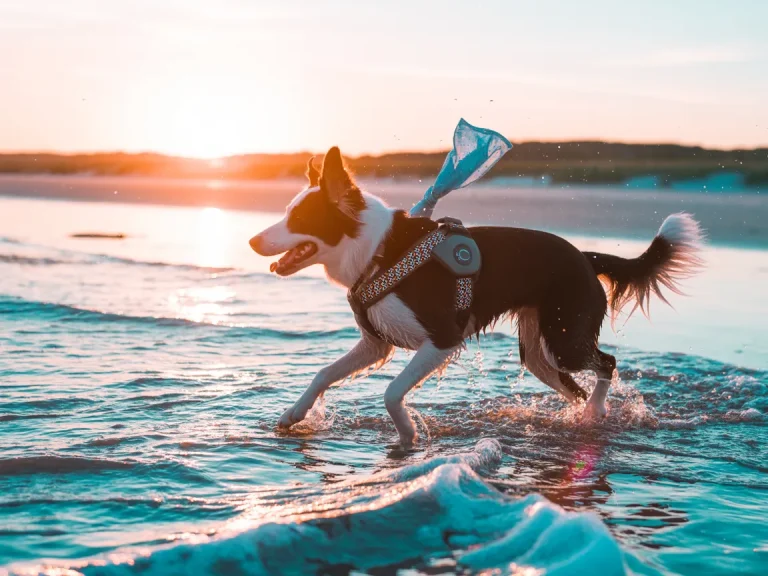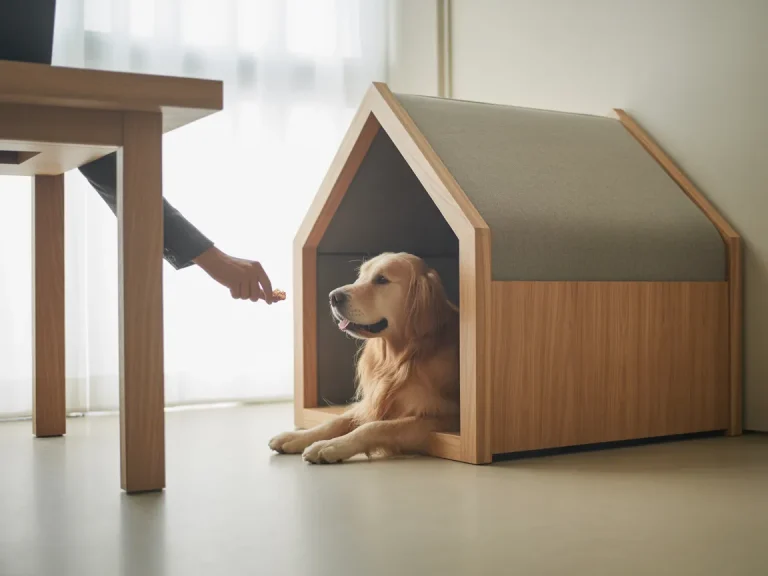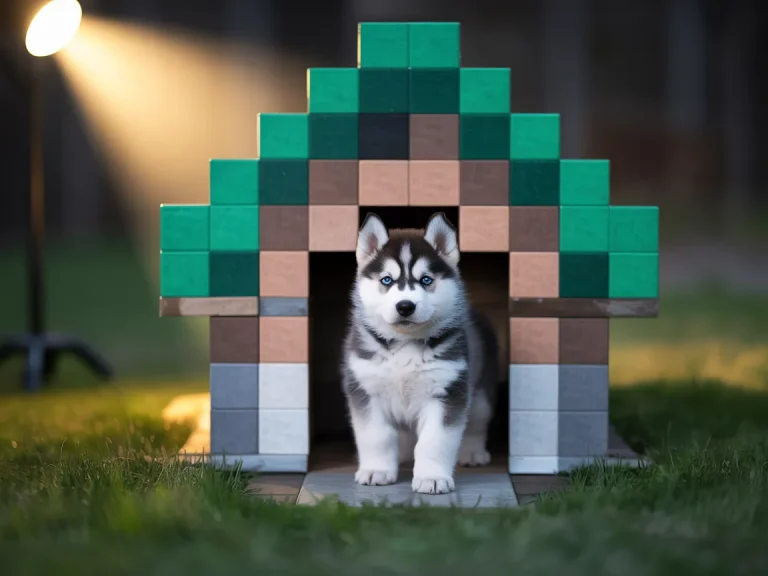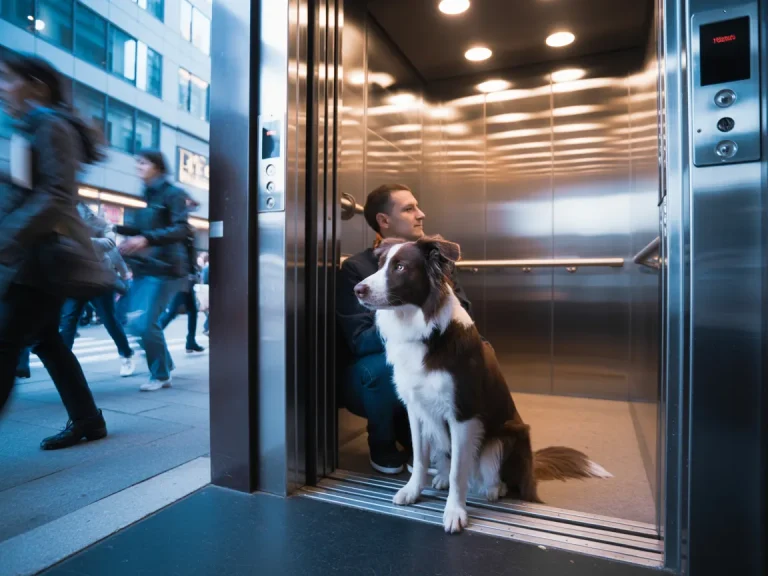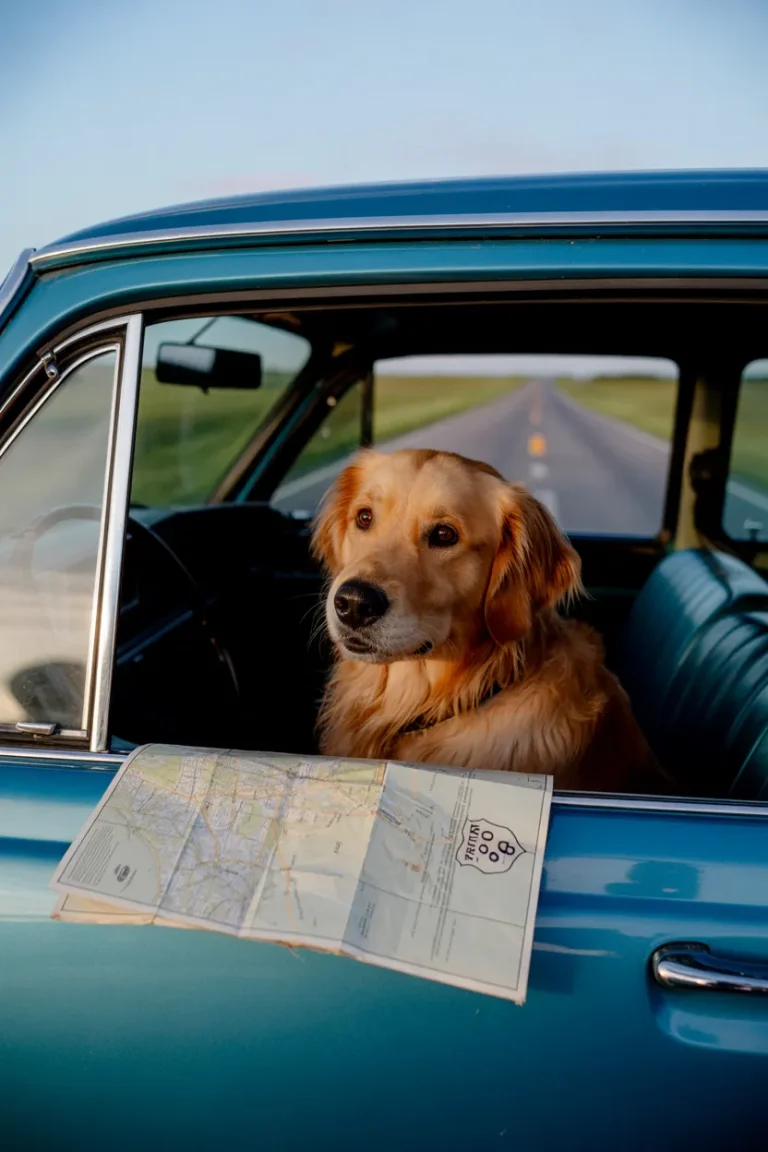Daily walks are the heartbeat of a dog’s day, yet even the most wag-happy tail can sag if the scenery never changes. Whether you’re pacing beside a turbo-charged Beagle or a dignified senior Shepherd, a few creative tweaks can turn every outing into a bite-sized adventure class. Think of the sidewalk as both gym and classroom: cardio for the body, curiosity for the mind, and a front-row seat for you to read the subtle ear-twitches that whisper “I’m chill” or “I’m worried.” Bring the world to your dog’s nose, and you’ll come home with fewer couch-destroying zoomies and a whole lot more zen.
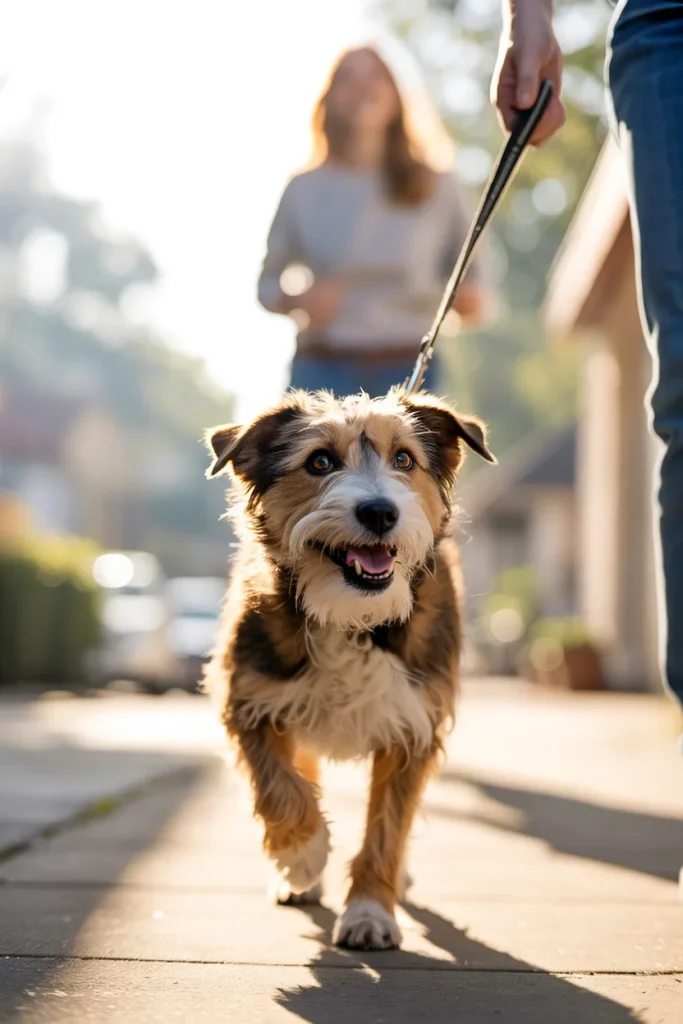
1. Check the Route: Variety Is the Spice of Sniffs
Dogs read scent the way we scroll headlines, so re-running the same block each night is like re-reading yesterday’s news. Build a rotating playlist of three to five micro-routes—park trails, sleepy side streets, even a hardware-store aisle when rain’s hammering down. Keep each option around 20–30 minutes so swapping paths won’t nuke your schedule.
Rotate Neighborhood Loops
Fire up a mapping app and sketch figure-eights or cul-de-sac spurs. Those subtle direction changes make your dog glance back for cues, polishing loose-leash manners without a single “heel” drill. Bonus: you’ll notch extra steps on your own tracker.
Add Purposeful “Sniff Stops”
Drop two or three landmarks into every route. When you reach them, give a “free sniff” cue, relax the leash, and let your pup marinate in aroma for a full minute. This predictable reward cuts down random tugs while honoring their inner scent detective.
2. Gear Up Like a Pro
Solid gear can turn a tug-of-war into a glide. My go-to kit:
- A padded Y-front harness that protects the trachea.
- A six-foot biothane leash—soggy park puddles wipe off in a swipe.
- A hands-free waist belt for those spontaneous jogging bursts.
- A snap-shut silicone treat pouch, so chicken cubes perfume the air—not your pockets.
- A clip-on LED that blinks—a tiny lighthouse for dusk trails.
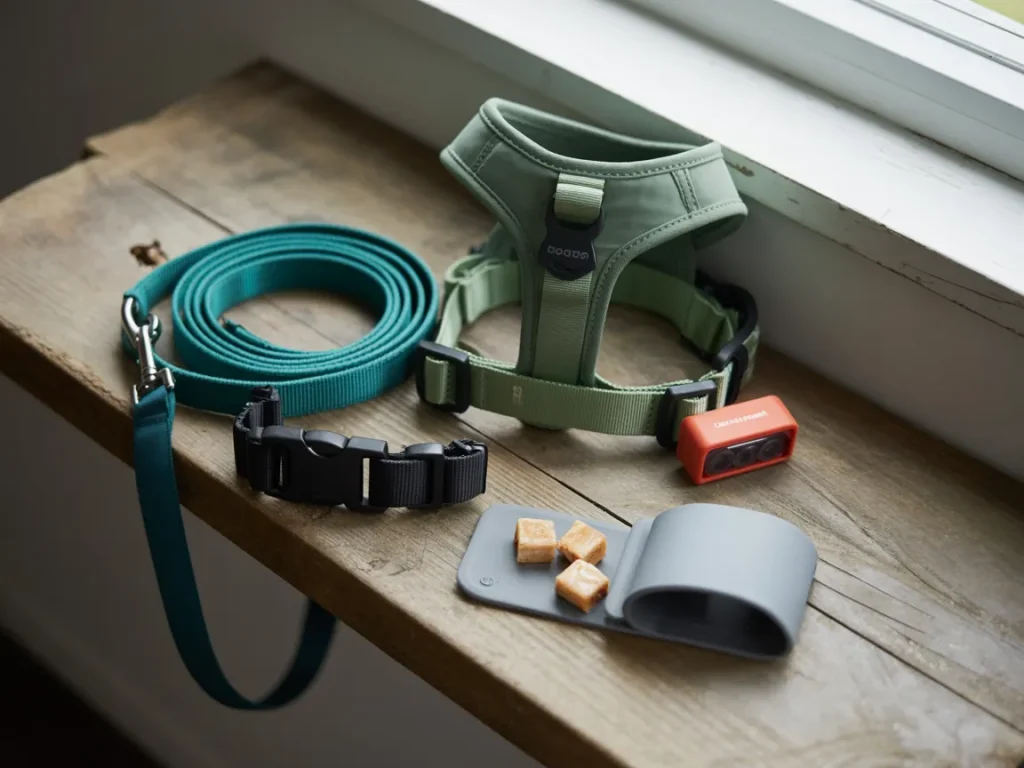
Invest once and skip the drawer of frayed leashes. Good gear isn’t just eye candy; it sends clean signals to your dog and saves joints when a rogue squirrel sprints by.
3. DIY “Snack Stations” for Mental Stimulation
Scatter-feeding doesn’t belong only in fenced yards. Pre-portion a tablespoon of kibble—or fancy salmon bites if you’re feeling posh—and tuck them into tree-bark cracks, under park benches, or atop low boulders. Release your dog and watch the nose switch on like radar. Three minutes of focused foraging can tire them as much as a quarter-mile trot.
Wrangling multiple dogs or juggling gloves? Convert a fishing-tackle box into a treat caddy. Flip-top compartments let you offer freeze-dried liver, zucchini chips, or whatever culinary curveballs you dream up, without fumbling. A portable scent buffet, no chef’s hat required.
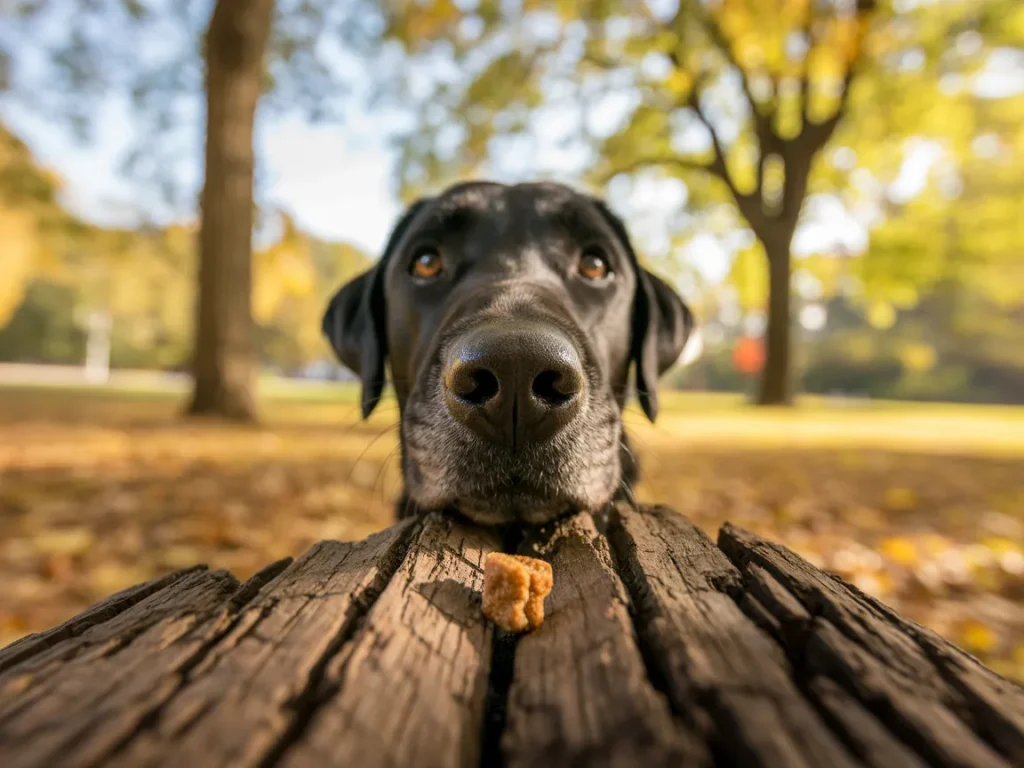
4. Practice Micro-Training on the Move
Why wait for a formal session when the sidewalk’s begging to be a classroom? Scatter ten or so “rep moments” through the walk:
- Tap your palm and cue “touch” before you step off each driveway.
- Ask for a quick sit at every curb—green light to cross is the reward.
- In a fenced spot, drop a rope toy and call your dog back for a sneaky recall drill.
String these mini-lessons together day after day and watch the magic: pretty soon your dog’s offering polite moves before you even open your mouth because, to them, the neighborhood itself is handing out the gold stars.
5. Turn Any Break Into a Photoshoot
Social enrichment counts, too! Teach a simple “pose” cue so your pup hops onto a tree stump or park bench like it’s their personal runway. Keeping each shoot under two minutes saves everyone from eye-roll fatigue, and the balancing act sneaks in a core workout. Rotate props—pumpkin leaves today, goofy holiday scarf next month—and you’ll have a steady stream of Insta-gold for relatives (and, let’s be honest, for yourself).
6. Weather-Proof Your Walks
Skip-day excuses melt when you plan ahead:
- Summer: Hit the streets at dawn or dusk. Stash a collapsible bowl and trade your iced latte for a cooling bandanna in the same cooler bag.
- Winter: Swipe musher’s wax on paw pads, slip fleece-lined booties over toes, and high-five your future self for avoiding salt burns.
- Twilight: Reflective vests turn you both into friendly glow-sticks, while a clip-on umbrella strap frees a hand for the leash.
High-energy breeds will thank you with calm evenings instead of indoor parkour.r twilight romps; they help drivers spot you long before headlights fully illuminate the crosswalk. A compact umbrella with a hands‑free chest strap can keep you both dry without juggling gear.
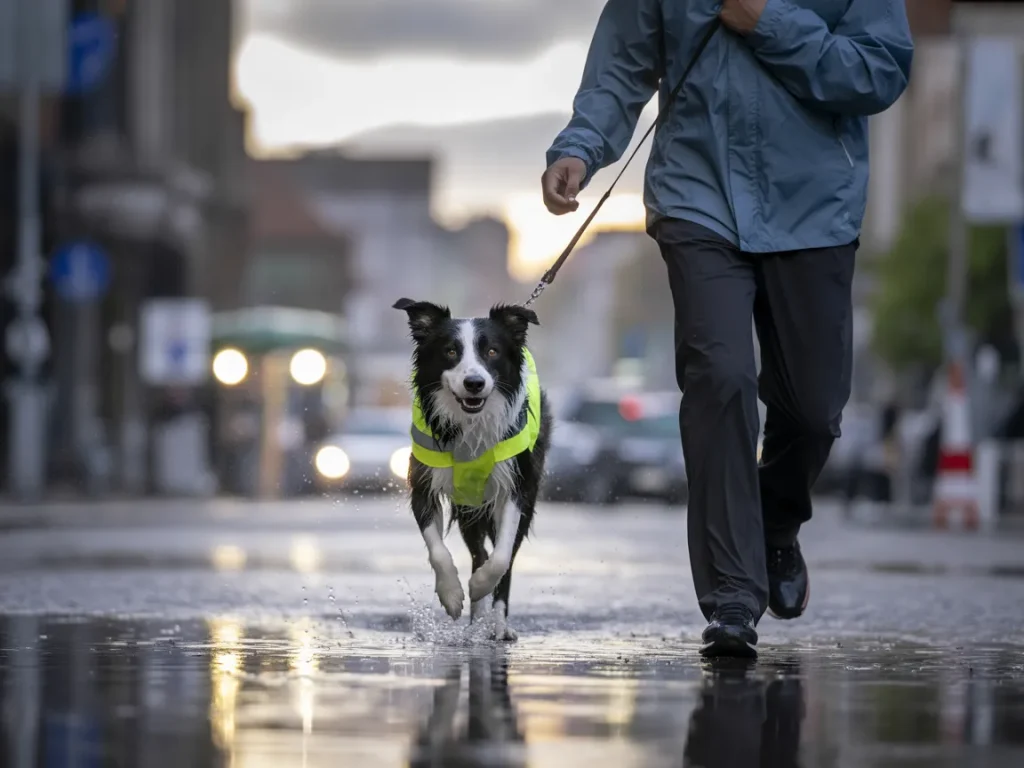
7. Map a Mid-Walk “Dog Room” Pit Stop
City living doesn’t always mean green space on demand, so create one. Lobby corner? Quiet strip of garage grass? Perfect. Park a basket there filled with poop bags, a chew, and a microfiber towel. Familiar smells plus a quick brain break let anxious pups hit reset when downtown commotion spikes. Talk with building management—many love that it keeps muddy paws off polished floors and sparks neighborly chat.
At home, carve out under-stairs real estate as a scent-work nook stuffed with ever-changing cardboard boxes. Mount a pegboard nearby for leashes and clickers so you’re not scrambling at the door.
8. Craft a DIY Dog Bed in Your Car Trunk
Weekend hike on the calendar? Cut high-density foam to your trunk’s size, slide it into a washable canvas sleeve, and Velcro it down so hairpin turns don’t send it surfing. Toss in a folding ramp for creaky hips, and suddenly your back seat transforms into a canine sleeper car. Bonus: that same bed doubles as campsite comfort and excuses exactly zero spontaneous detours to the lake.
Add a “Go-To-Mat” Cue
Trailhead chaos? Skip the wrestling match and point your dog to a cozy trunk mat. One word—“bed,” “mat,” whatever you fancy—becomes their VIP boarding pass. Need a refresher on shaping the behavior? Karen Pryor’s step-by-step mat training guide breaks it into breezy click-size chunks. After a few runs, you’ll marvel at how fast your co-pilot loads up while you tighten laces and sip water.
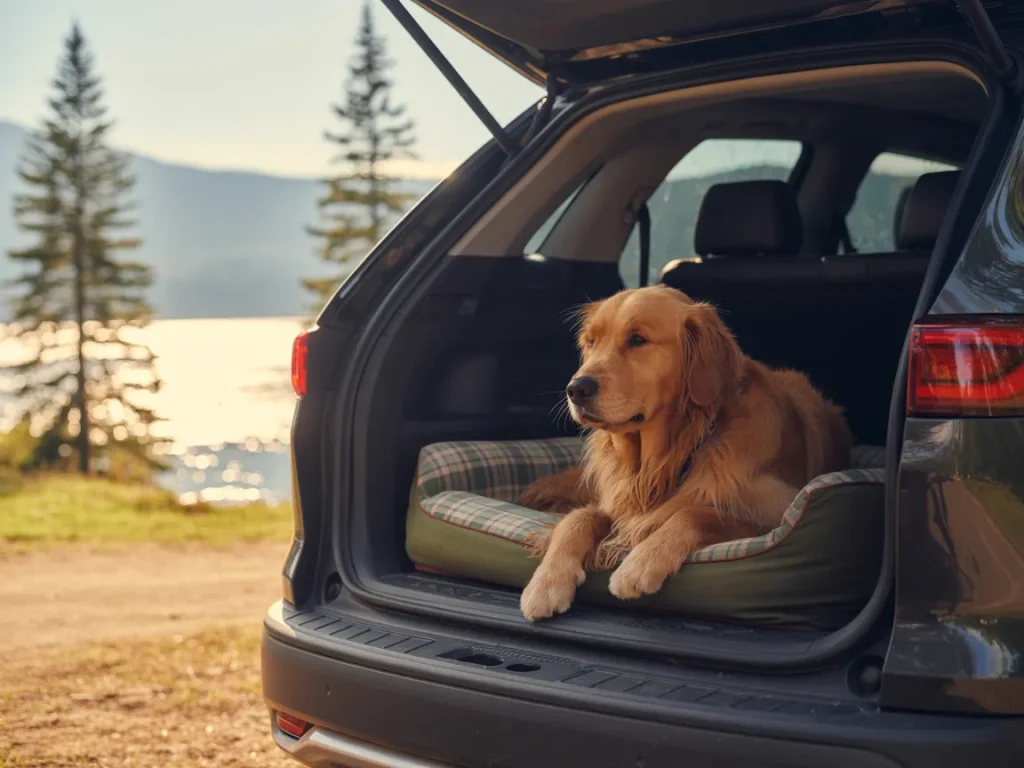
9. Finish Strong With a Cool-Down Routine
Humans stretch; dogs decompress with sniffing and a slow amble. Reserve the last five minutes for a mellow sniffari—the AKC’s insights on the science behind sniff walks show how even a 20-minute scent tour can rival an hour’s march for mental payoff. Back indoors, give those paws a mini-massage to catch stealth burrs or ticks early. Want to extend the spa vibe? Ready your tools—This Old House offers a clear plan for a DIY dog house that turns a shady corner into a raised-deck recovery lounge topped with chew-proof water bowls.
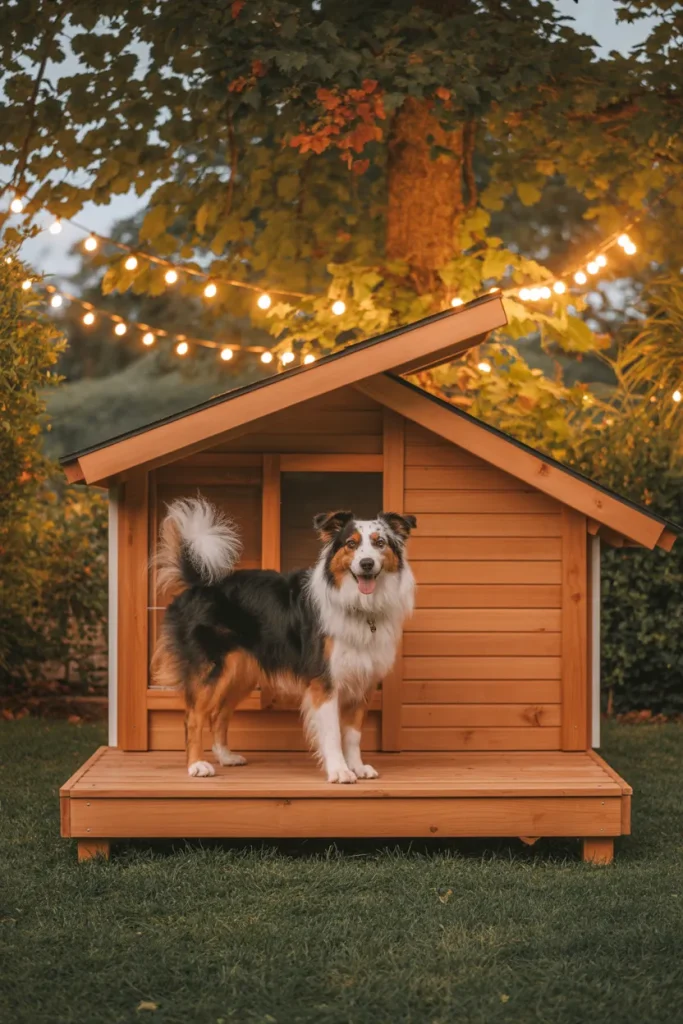
Conclusion
Daily hoof-it sessions don’t have to read like the same chapter on repeat. Rotate routes, gear up smart, weave in brain games—and suddenly neighborhood laps feel like bite-sized safaris that leave your dog blissfully tired. The bonus? You’ll notice tiny shifts in posture, catch health issues early, and earn a walking buddy who follows your lead instead of towing you down the block. Because the real goal isn’t just mileage; it’s shared joy and confident skills that spill into every slice of life—whether that’s a calm café patio or an off-leash mountain trail.
Disclaimer: This article is for informational purposes only and does not constitute professional veterinary advice. Always consult a licensed veterinarian or certified dog trainer regarding the specific needs and health of your dog.
